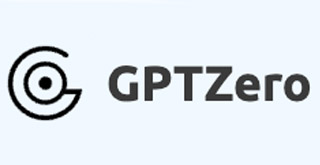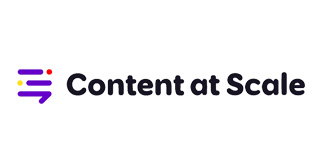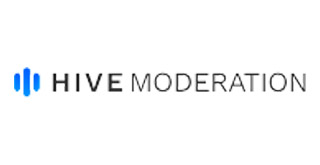Mitigating AI-Generated Content
While we understand the advances in GenAI provide opportunities for its integration
into the classroom, the use of AI may not be appropriate for use by all disciplines.
Below are recommendations for adapting course assignments and activities to reduce
the use of AI-generated content by students.
Assignment Ideas to Mitigate the Use of AI-Generated Content
Below are recommendations for adapting course assignments and activities to reduce
the use of AI-generated content by students.
- Real-World Application »
Craft assignments that require students to apply course concepts to real-world scenarios
or problems. This makes it difficult for AI to generate relevant content because it
necessitates critical thinking and context-specific knowledge.
- Case Studies »
Assign case studies or specific examples that are not readily available in AI-generated
content databases. Ensure that the case study is current or unique to the course to
discourage plagiarism.
- Original Research »
Encourage students to conduct original research or experiments. These assignments
often involve collecting and analyzing data, making them less susceptible to AI-generated
content.
- Experiential Learning »
Create assignments that involve experiential learning, such as internships, fieldwork,
or laboratory work. These experiences are challenging to replicate through AI.
- Group Projects »
Assign collaborative projects that require students to work together, share ideas,
and contribute unique perspectives. AI is less likely to generate content that mimics
group dynamics and individual contributions effectively.
- In-class Writing Assignments »
Ask students for an in-class writing assignment through Honorlock. This will provide
faculty with a baseline writing sample to compare future
- Reflection and Analysis »
Ask students to reflect on their personal experiences, goals, or the course content.
Require critical analysis, self-assessment, and connections between their experiences
and course materials.
- Creative Assignments »
Assign creative projects such as art, music, writing, or design tasks that showcase
individual creativity and expression. These assignments are typically challenging
for AI to replicate.
- Class Discussions and Debates »
Incorporate assignments that involve participation in class discussions, debates,
or forums. Require students to engage with peers' ideas and develop their arguments.
- Peer Reviews »
Implement peer review processes where students evaluate and provide feedback on each
other's work. This can deter plagiarism and promote originality.
- Time-Constrained Assessments »
Use timed quizzes, tests, or in-class writing assignments to reduce the opportunity
for students to consult external sources or use AI-generated content.
- Open-Ended Questions »
Frame assignments with open-ended questions that require students to formulate their
responses based on their understanding and analysis of the course material.
- Continuous Assessment »
Break assignments into smaller, incremental tasks with checkpoints along the way.
This discourages last-minute plagiarism attempts and promotes ongoing learning.
- Oral Presentations »
Assign presentations or speeches that require students to communicate verbally and
demonstrate their understanding of the material. AI-generated content is less effective
in this context.
- Citation and Source Analysis »
Include assignments that focus on evaluating sources, analyzing their credibility,
and properly citing them. This encourages responsible research practices and discourages
plagiarism.
- Individualized Assignments »
Customize assignments to the individual needs and interests of each student, making
it challenging for AI to generate pre-made responses.
- Authentic Assessment »
Align assignments with real-world scenarios, where the authenticity of the task and
the need for practical skills make it difficult for AI to provide ready-made solutions.
- In-Class Assessments »
Conduct assessments during class time, where students have limited access to external
resources or AI-generated content. Faculty can leverage Honorlock to proctor the assignment.
Tools to Mitigate AI
The tools below focus on identifying AI content. While these tools can detect AI to
a degree, modified AI-generated text is difficult to detect. False positives and negatives
may happen. It is important to know how the AI detection tool works and understand
the reports. As AI tools evolve, they will become harder to detect. It’s best to start
with an in-class and/or proctored writing assignment for a sample of original writing.
Honorlock can be used in conjunction with the LMS to create a proctored writing assignment.
Turnitin is the University’s plagiarism checker within Canvas. Gain insights on how much of
a student’s submission is authentic, human writing versus AI-generated from ChatGPT
or other tools
GPTZero is the leading AI detector for checking whether a document was written by a large
language model such as ChatGPT. GPTZero detects AI on sentence, paragraph, and document
level. However, the tool is not trained to identify AI-generated text after it has
been heavily modified after generation.
Content at Scale is an
AI Detector (now with 98% accuracy) to see if your text is human or AI generated from ChatGPT, GPT4, & Bard.
Writefull GPT Detector can identify content written by GPT-3 as well as ChatGPT. After analyzing, it provides
a score indicating the probability that the content was written by AI.








